What Is Huckleberry And How Is It Different From Blueberry?

Buy Red Huckleberry Seeds Canada Metchosin Farm
While huckleberries are edible as are the fruits of many other wild berry bushes, there are also many others that are not edible. Other Huckleberry Species. While the red huckleberry is the most common in the Cascades, there are about 450 wild berry bushes that are in the genus Vaccinium throughout North America, according to Portland Nursery.
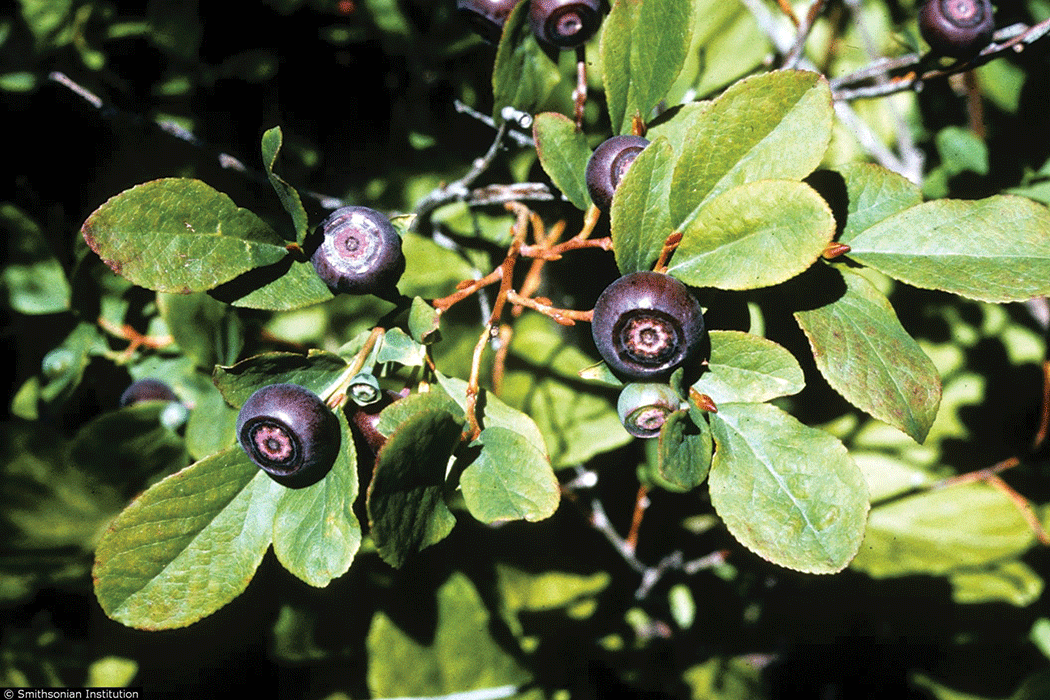
Huckleberries Vaccinium Bee Culture
#3. Mountain Huckleberry. Mountain huckleberries look a lot like blueberries. They're blue in color, and the berries are larger than red huckleberries. They're also quite a bit sweeter, so they're more popular commercially (e.g. in huckleberry jams like this one, milkshakes, syrups, etc). Mountain huckleberry is even the state fruit of Idaho!

Maple Leaves and Comfort Tea July 2012
Huckleberry Benefits. Like other berries, huckleberries are a rich source of vitamin C and antioxidants, helping to strengthen your immune system and fight off diseases. And of course, vitamin C is important for the production of collagen, helping your skin to look softer and less wrinkled. They're also high in iron, helping to prevent.

Red Huckleberries Eat Drink Breathe Huckleberry, Red, Wild edibles
Check every couple hours. Pickled red huckleberry is pretty awesome, too. All you need to do is make up a sweet pickle, say a ratio of 2:1:1 vinegar to water to sugar, bring it to a boil and pour it over a jar full of berries. Put the lid on the jar and when it cools, keep in the fridge for months and months.
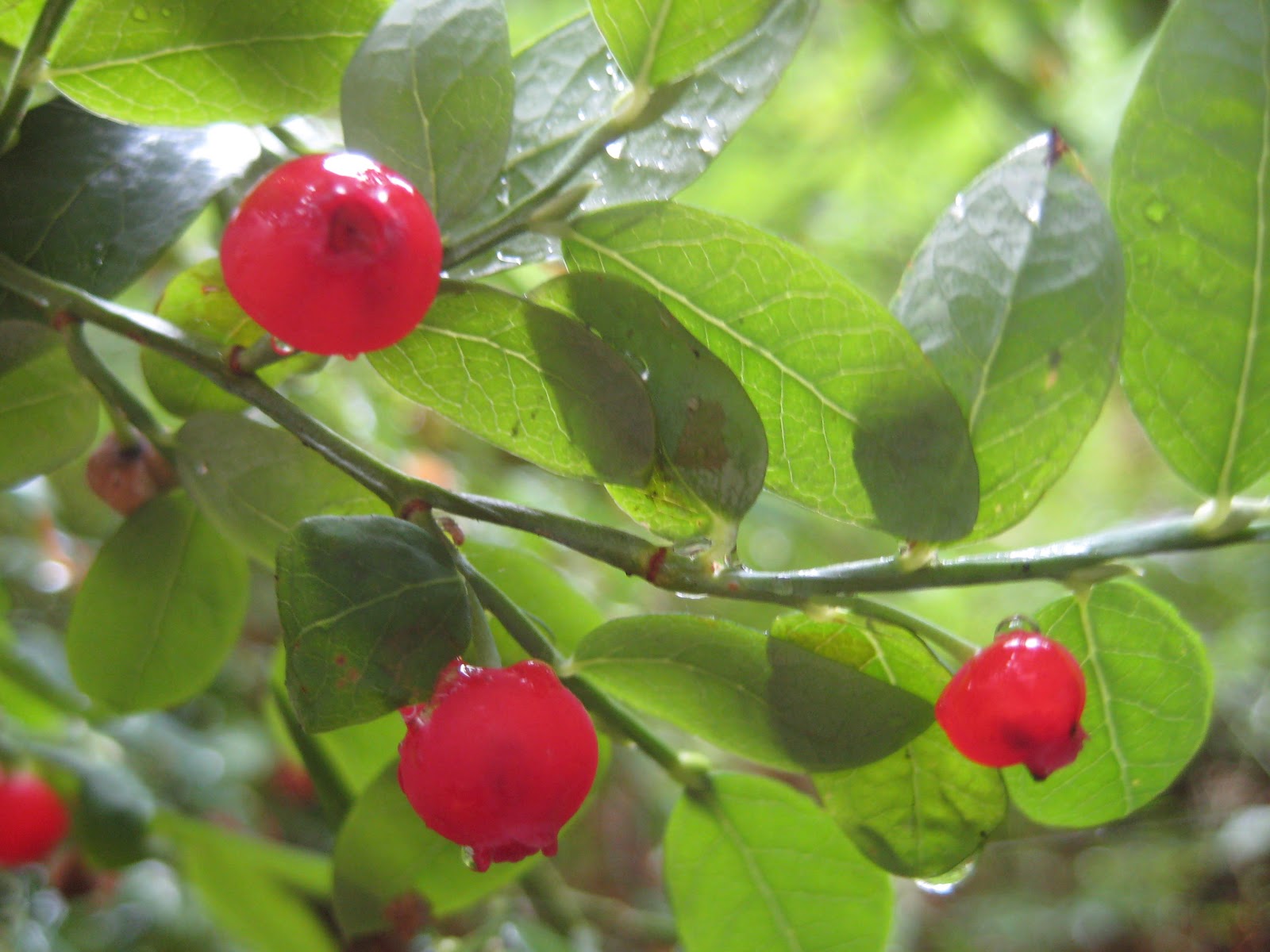
The Beauty of Nature Huckleberries!
Red Huckleberry is a Northwest berry bush with tasty and healthy fruit. Edible Uses. Red Huckleberry produces a tart and tangy berry ranging from red to pink to orange. Many prefer the flavor of red huckleberry to cranberries, and use them in similar recipes. They can add a nice depth of flavor to other milkshakes and cobblers made with other.

What is a Chippewa Blueberry? (with pictures)
Wild huckleberries grow in mountainous regions, forests, bogs, and lake basins in Northwestern America and Western Canada. The berries are small and either red, blue, or black. Ripe huckleberries.
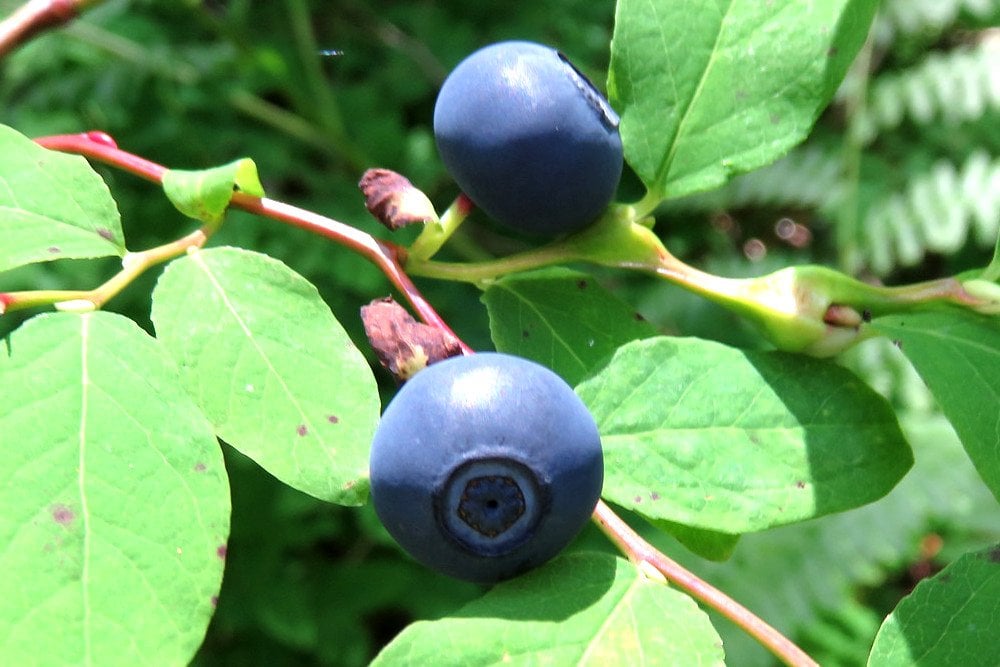
What Is Huckleberry And How Is It Different From Blueberry?
Red huckleberry is a deciduous shrub growing to 4 m tall, with vibrant green, smooth, square branches. Its elliptical leaves alternate along stems and are not toothed. When in bloom, its flowers are bell-shaped and range from being greenish-yellow to pink. The berries are bright red and edible, yet some might find them a tad sour. Habitat & Range.
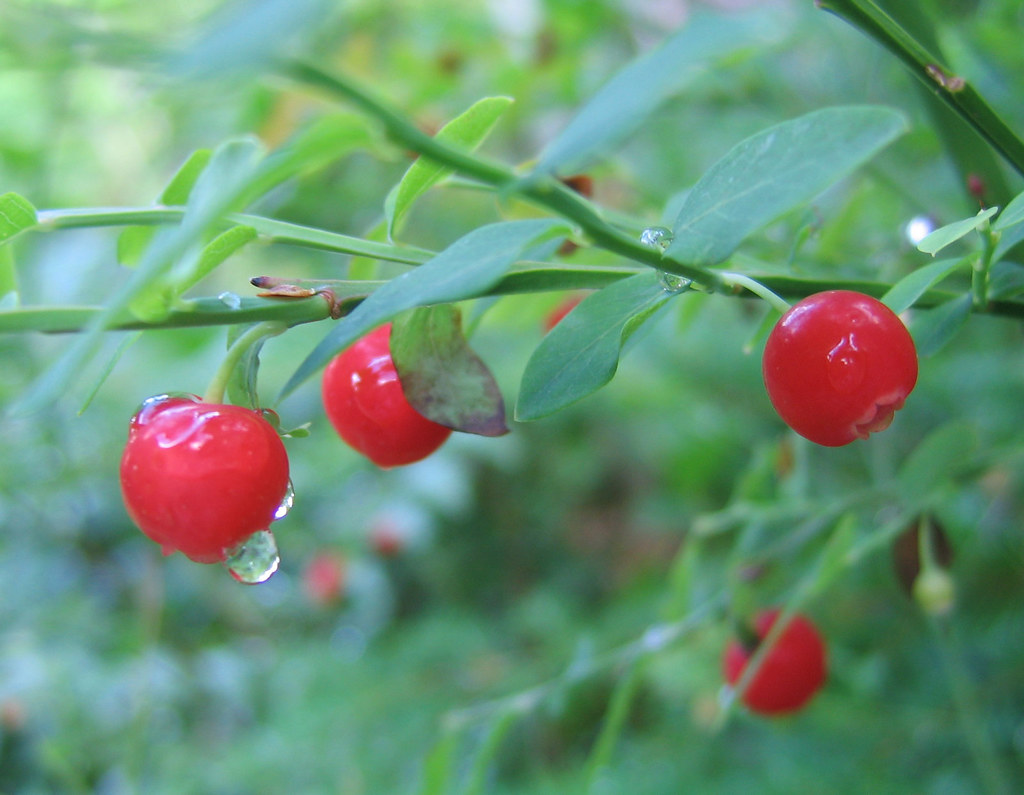
red huckleberries Red Huckleberry (Vaccinium parvifolium) … Flickr
What are huckleberries? Huckleberries are small red and purple berries related to both blueberries and cranberries. Smaller than a blueberry and sweeter than a cranberry, many believe that huckleberries are the best of both worlds. Huckleberries come from a shrub-like plant that grows in the underbrush of forests.

Huckleberries Shade garden, Unique plants, Edible plants
Vaccinium parvifolium, the red huckleberry, is a species of Vaccinium native to western North America. Description. It is a deciduous shrub growing to 4 metres (13 feet) tall with bright green shoots with an angular cross-section.. The fruit is an edible red to orange berry 6 to 10 mm (1.

Huckleberry at Home Edible East Bay
Foraging Techniques and Ethics. When foraging huckleberries, adhering to responsible methods is key: Hand-Picking: Gently collect berries to avoid damaging the plant. Tools: Use of hand-held berry pickers can speed up the process but must be used carefully to prevent harm to the plants.

Wild Red Huckleberries The Great Northwest Pinterest
Mountain huckleberry is a plant that grows wild in the northwest United States and western Canada, with outcroppings in Minnesota and Arizona. The plants are mostly found in or around clearings in coniferous woodlands between 2,000 and 11,000 feet in height. Canes range in height from 1 to 9 feet. Bushes of the plant are rhizomatous, which.

Edible Wild Berries HubPages
The name 'huckleberry' is a North American variation of the English dialectal name variously called 'hurtleberry' or 'whortleberry' ( / ˈhwɜːrtəlbɛri /) for the bilberry. [1] In North America, the name was applied to numerous plant variations, all bearing small berries with colors that may be red, blue, or black. [2]
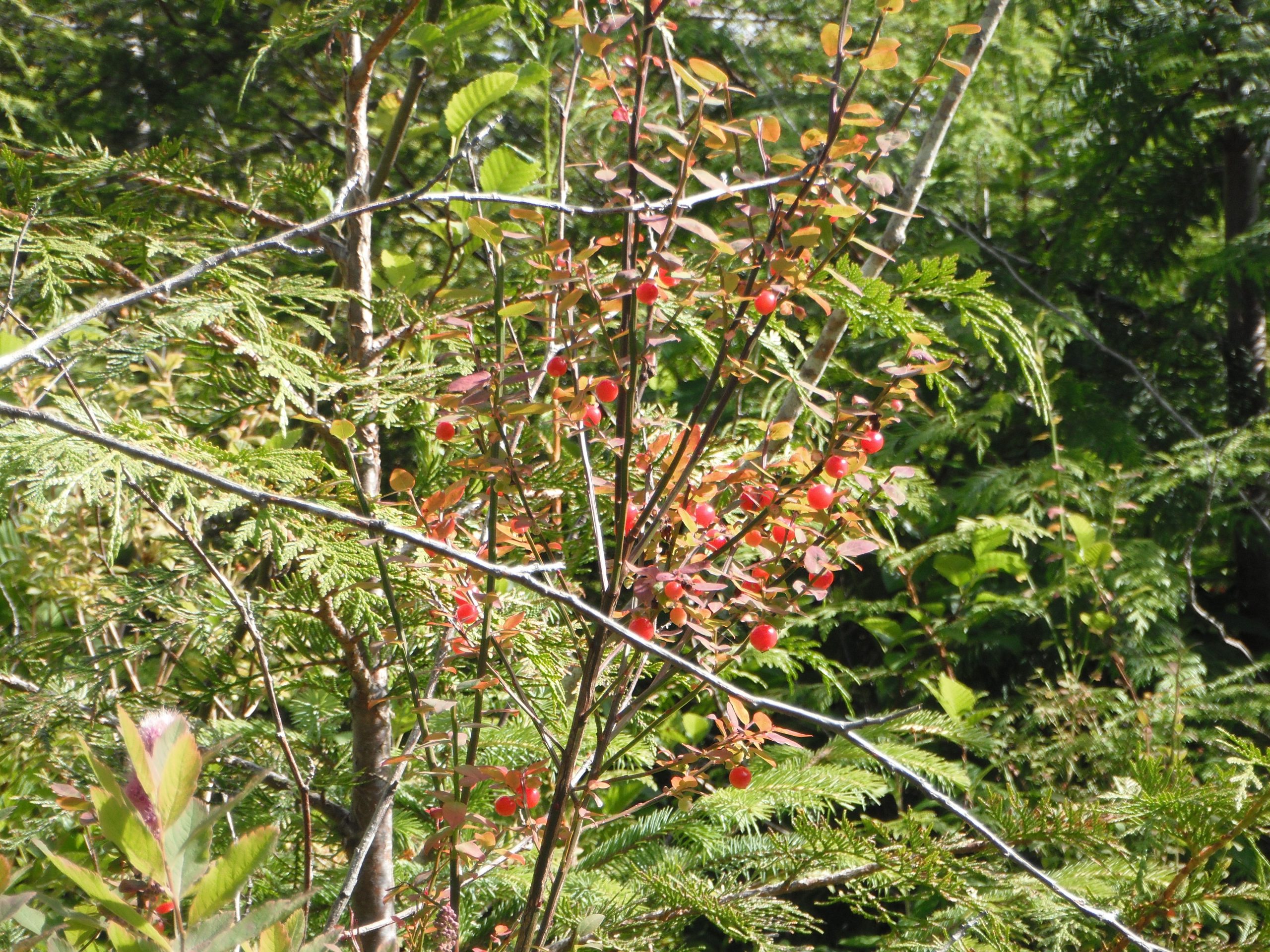
Red Huckleberry, Vaccinium parvifolium Native Plants PNW
Red huckleberries (Vaccinium parvifolium)—These bright red, round, pea-sized berries taste like the darker variety and are most often found growing out of nurse logs or near downed trees or stumps. Salal berries (Gaultheria shallon)—These dark purplish berries are commonly found in coniferous forests and moist, shady areas. They have.
Wild Harvests Huckleberries evergreen and everlasting
Seekers of the huckleberry—whether they are Native Americans, more recent residents of the area, or the berry-loving grizzly and black bears—hunt incessantly for the deep purple to red fruit. Even if they aren't pickers, any Northwesterner or visitor would still find it hard to miss the huckleberry jams, shakes, pies, and fresh berries.
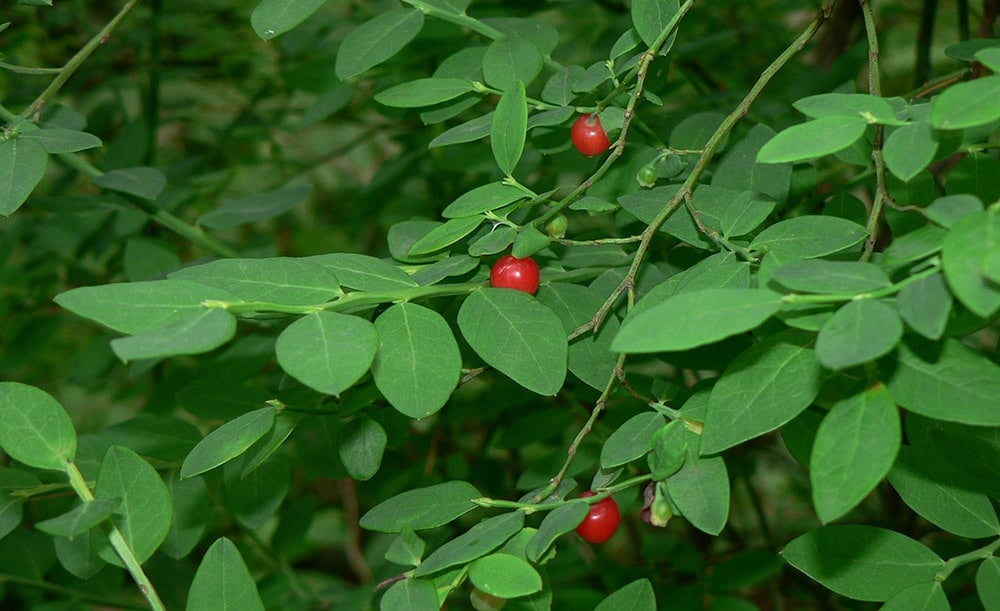
How to Harvest, Cook and Eat the Red Huckleberry Hank Shaw
Fruit. The fruit is somewhat small, round, and is blue-black. A huckleberry usually measures 8mm (0.35") across. It is a shiny berry-like drupe that ripens in late summer. They are easily distinguished from blueberries by its ten large seeds. (Blueberry seeds are much smaller.)

One Woman Killing Spree Day 224 Foraging Wild Red Huckleberries
The name huckleberry is often used to refer to a broad range of wild fruiting trees across America. The Vaccinium varieties are typically found in the west of the United States, however, some varieties can be found throughout the Northern hemisphere.These include red huckleberry (Vaccinium parvifolium) and bilberries (Vaccinium myrtillus).Whereas the Gaylussacia huckleberry varieties are found.